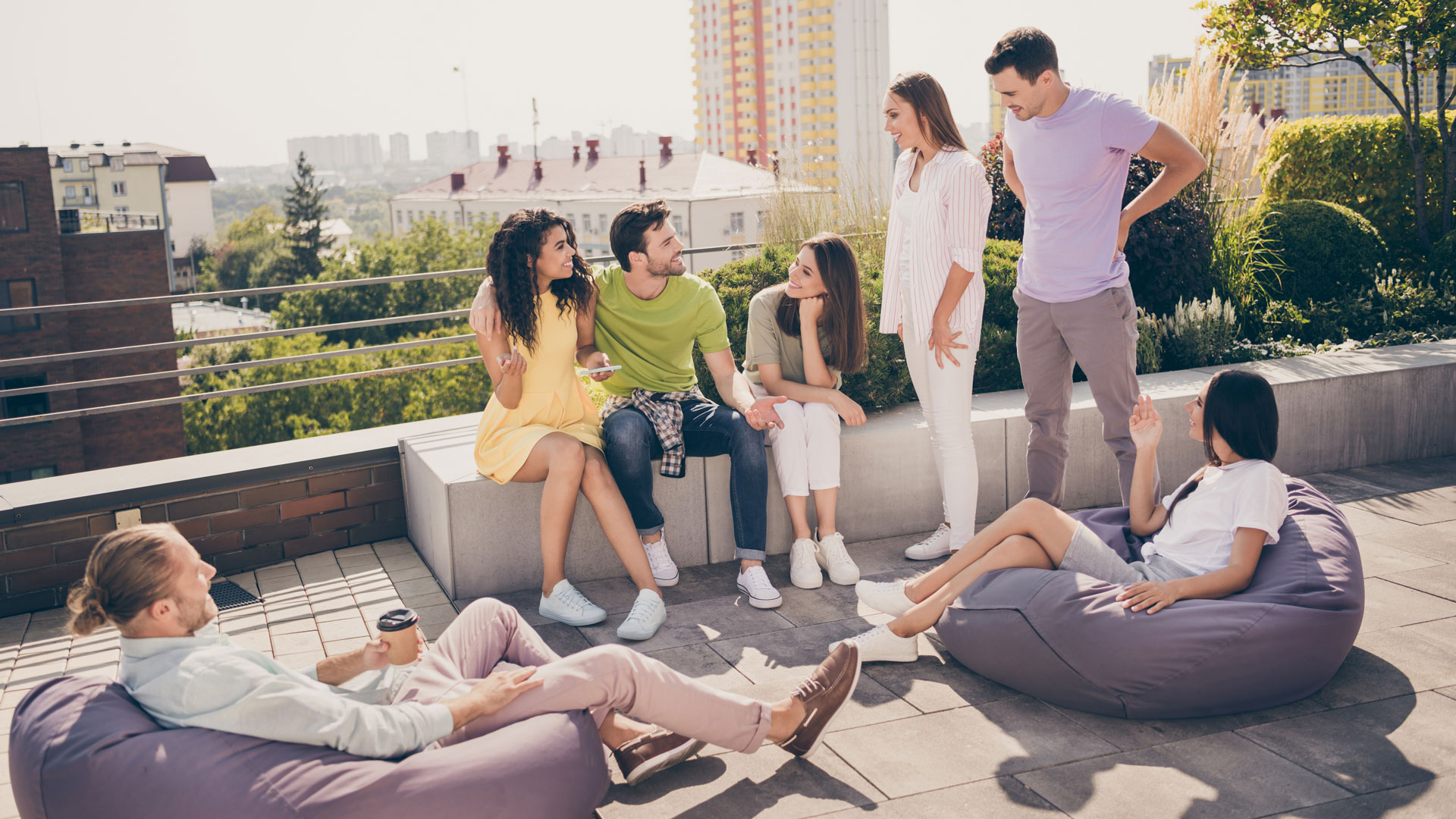Demographic trends shape multifamily housing. Current trends include changing age structures, family structures, and migration patterns. These shifts are increasing the diversity of multifamily communities.
Different groups of residents will soon occupy your new multifamily building. It can be a challenge to accommodate their various lifestyle needs and wants. Your building can feature a variety of unit types for individual households. But your shared common areas need to be attractive and usable for all your residents.
To begin, seek to understand the demographics of the area in which you are building. This includes age groups, families, singles, seniors, etc.
But looking at demographic charts is not enough to inform your design. You should also seek input from potential residents. Some methods include surveys, focus groups, or public meetings. These can help you form a deeper understanding of their wants and needs.
So you’ll have an assessment of your potential residents and their needs. Next, consider the following aspects of designing outdoor amenities for all residents.
1. Flexibility and Variety
Design flexible spaces for a variety of activities. Some examples include open lawns, multi-purpose sport courts, and shaded lounge areas. Design swimming pools should with a range of features. From sun shelves to sport pools, or even a lazy river. These give users many different options for interacting with the water.
Focus on a variety of more specific amenities for groups within your community. These might include children’s play areas (playgrounds, splash pads, etc.), sports and fitness areas (outdoor gyms, pickleball or basketball courts, etc.), and passive relaxation areas (benches, picnic areas, cabanas, etc.).
Include both flexible areas and a variety of specific use areas. This way, you offer residents more opportunities to enjoy their outdoor space. They may go outside for a specific purpose, such as grilling. But then find themselves enjoying some spontaneous outdoor games with their neighbors.
2. Safety and Comfort
Create a safe and comfortable environment for your residents to enjoy. Make everyone feel welcome. Be sure to provide adequate lighting for evening use. This is when you’ll likely have the most use from the various user groups in your community.
Weather protection is also an important consideration. Provide shade, shelters, and windbreaks. This makes outdoor spaces enjoyable during all seasons, weather events, and times of day. You’ll encourage use during the daytime when many adults are working but seniors and kids would like to go outside.
You can also adjust the programming of the space to better suit different seasons or times of day. For example, use the same rooftop for a community yoga class in the morning, a vendor expo in the afternoon, and a stargazing event in the late evening.
Accessibility for people of all abilities is also important. Make sure there are opportunities for all people to enjoy the outdoor amenities. Provide plenty of ramps, wide pathways, and accessible seating areas.
3. Community Involvement
It’s not enough to design a space and leave it alone. To get the most enjoyment of your outdoor amenities, don’t be afraid to continue to evolve the way you operate them. Seek feedback from users. Then make adjustments based on their evolving needs and preferences.
Organize regular events that attract different demographic groups. These could be outdoor concerts, movie nights, fitness classes, and holiday parties. Discover the interests of your current residents. Then tailor the events to their preferences and increase participation.
Creating an outdoor amenity space that works for many different user groups begins with research. It involves facilitating flexible and varied experiences that are welcoming and build community.
Interested in some successful examples? Visit our case studies page.
